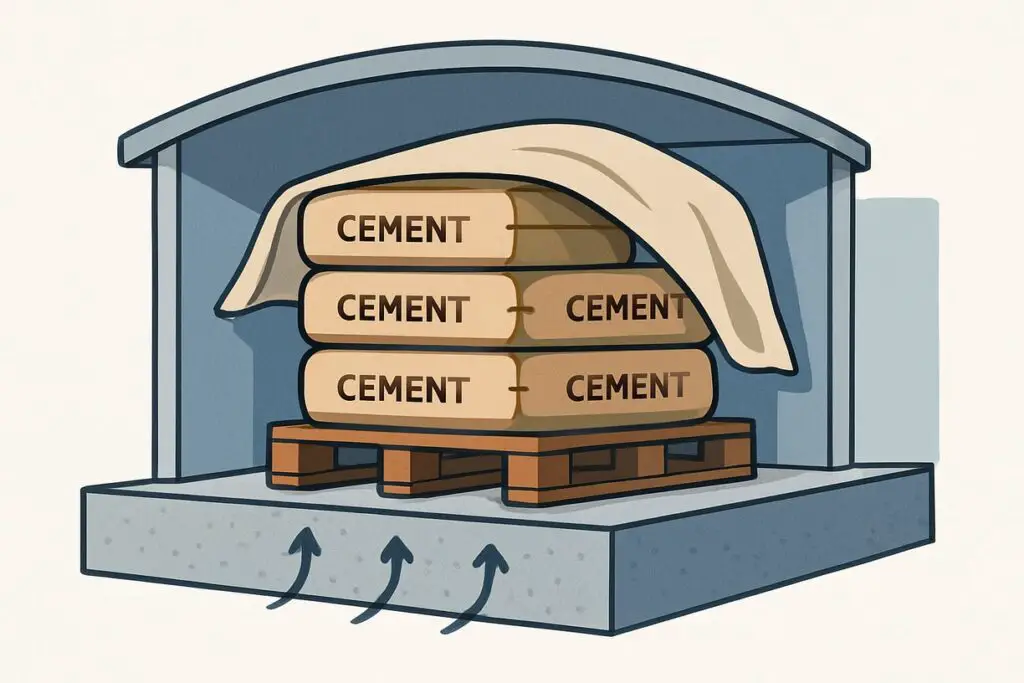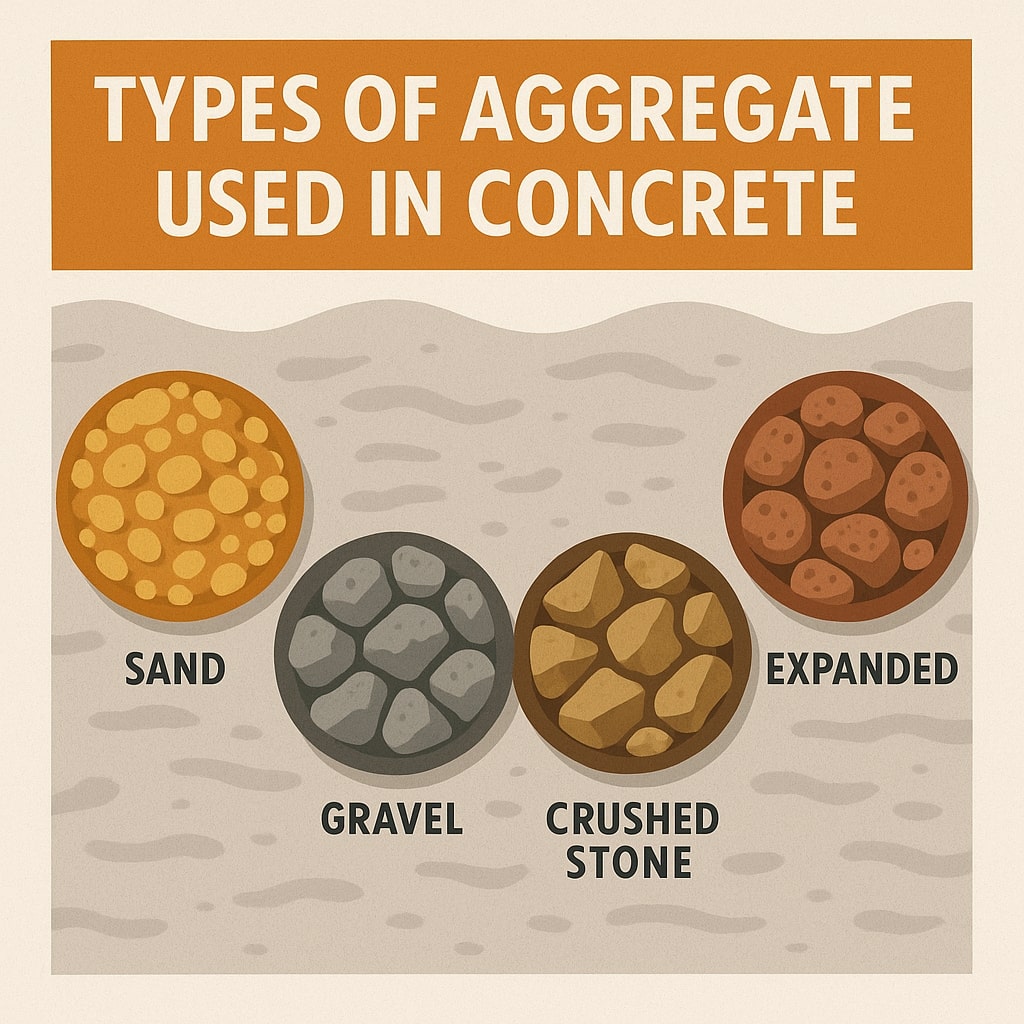Best Paint for New Plaster: Guide to Getting It Right
Choosing the right paint for new plaster can make or break your decorating project. Get it wrong, and you’ll face peeling, bubbling, or patchy coverage that ruins months of hard work. Get it right, and your walls will look professional and last for years. The short answer: Water-based emulsion paint is the best choice for […]
Best Paint for New Plaster: Guide to Getting It Right Read More »


